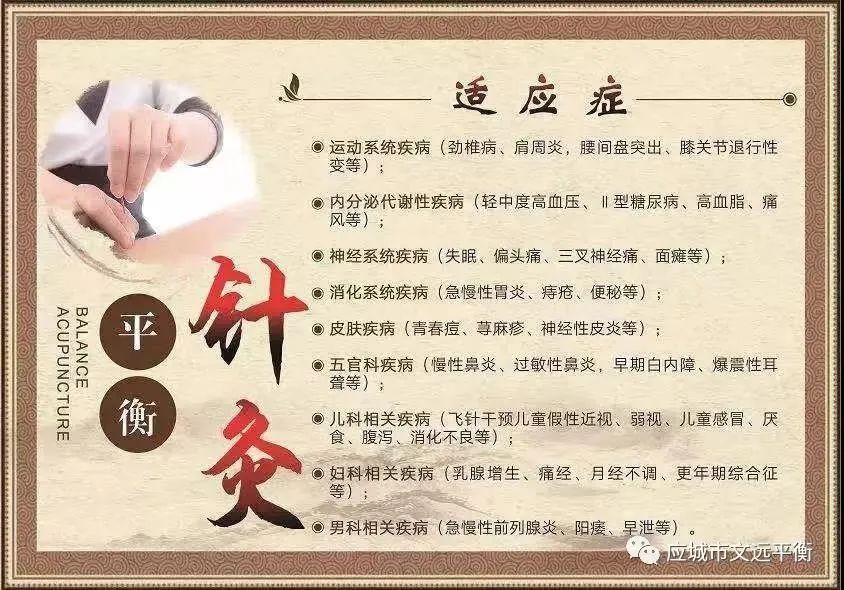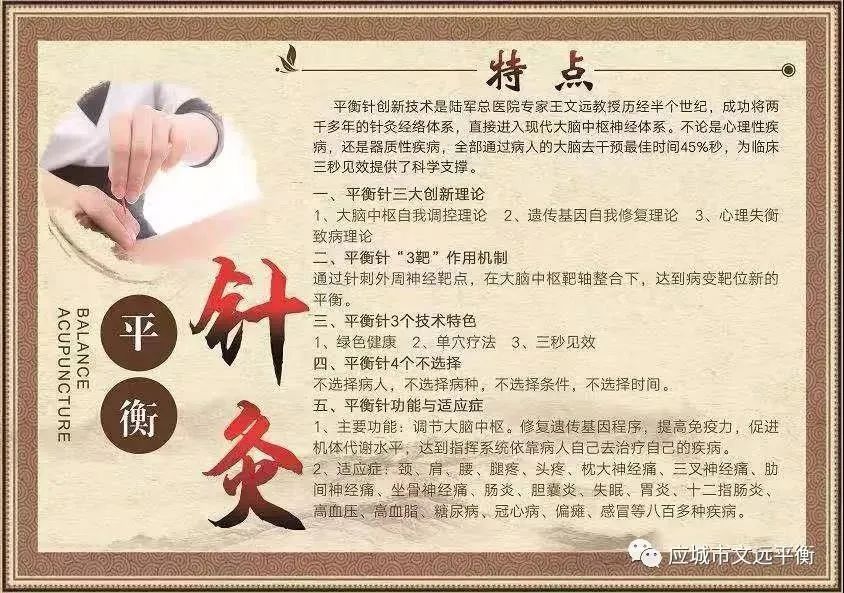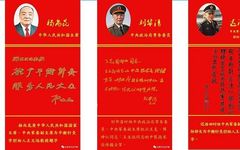National and Military Leaders Promote Balancing Acupuncture
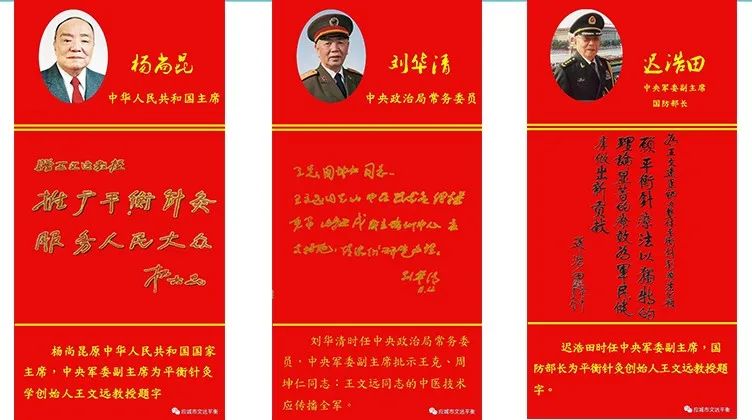
Balancing acupuncture brings health to those destined to receive it. Hello everyone, I am Balancing Jun. Below, I will share the attributes of the theory of Yin-Yang balance.
The Huangdi Neijing (Yellow Emperor’s Inner Canon) clearly delineates the attributes of Yin and Yang. Water and fire are the signs of Yin and Yang, with water and fire being the primary characteristics of Yin and Yang, respectively. All things and phenomena in nature can be inferred from this.
Generally, anything resembling fire—such as warmth, movement, ascension, brightness, lightness, strength, functional excitement, hyperactivity, warming the body, nourishing the spirit, warding off external pathogens, promoting metabolism, facilitating the circulation of Qi and blood, and uplifting one’s mood—is categorized under the attributes and scope of Yang in Traditional Chinese Medicine (TCM). From a modern physiological perspective, the functions of Yang can be correlated with those of the sympathetic nervous system.
Conversely, anything resembling water—such as coldness, stillness, descent, darkness, heaviness, weakness, materiality, functional inhibition, decline in function, internal organs, external skin layers, generating Yang Qi, and supporting the spirit—is categorized under the attributes and scope of Yin in TCM. From a modern physiological perspective, the functions of Yin can be correlated with those of the parasympathetic nervous system.
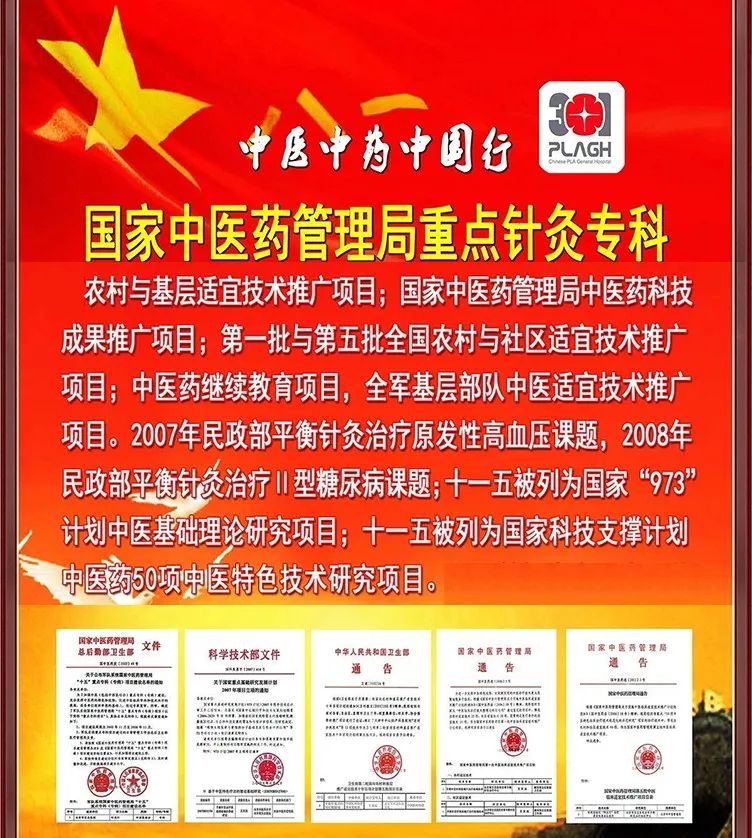
Balancing acupuncture brings health to those destined to receive it. Hello everyone, I am Balancing Jun. Below, I will share the content of the theory of Yin-Yang balance.
The content of the theory of Yin-Yang balance mainly includes the interrelationship between Yin and Yang, especially the opposition and mutual restriction, interdependence and mutual use, growth and decline, and the transformation of balance. Yin and Yang are a pair of categories in classical Chinese philosophy, and the philosophical viewpoint of the Yijing (I Ching) is that the contradictory phenomena of Yin and Yang exist within all things in heaven and earth, including social phenomena and ecological environments.
The original meaning of Yin and Yang refers to the orientation of sunlight, which extends to the climate’s cold and warm. With the introduction of the Yin-Yang theory into TCM, it has greatly promoted the development of the discipline. Particularly, the formation of the Yin-Yang theory has extended into the theoretical system of TCM, which continues to this day. How the content of TCM’s Yin-Yang theory can be integrated with modern scientific content is an important research topic for scholars both domestically and internationally.
The viewpoints proposed by scientists Gao Liang and Gao De from Baotou City, Inner Mongolia, can illustrate this point. Yin and Yang are contradictory yet possess a special nature. This special nature fully aligns with the philosophical essence of Yin-Yang’s contradictory aspects of restriction and promotion. In nature, from the basic forms of movement to mechanical movement, physical movement, chemical movement, and biological movement, there indeed exists a universal law. In any contradiction in nature, one aspect must be restrictive while the other is promoting. From the three major fields of nature, society, and thought, the restrictive and promoting aspects of contradictions remain a special condition of contradiction.
